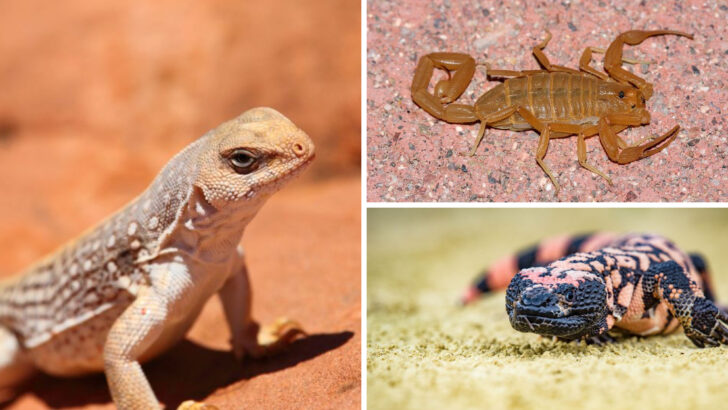The desert doesn’t need water to be dangerous.
Beneath the blistering sun and among the rocky crags of Nevada’s wild terrain, something venomous is always waiting. And it’s not just snakes. The desert is crawling, slithering, and scuttling with creatures armed with stingers, fangs, and chemical cocktails that can ruin your day—or your week.
Some hide in plain sight. Others bury themselves in sand, waiting for the perfect moment to strike. Even the tiniest ones pack a punch.
This is not a place for the faint of heart.
From eight-legged ambushers to stealthy reptiles, these 16 poisonous creatures rule Nevada’s deserts like shadowy outlaws. Step carefully. You’re in their world now.
Mojave Rattlesnake
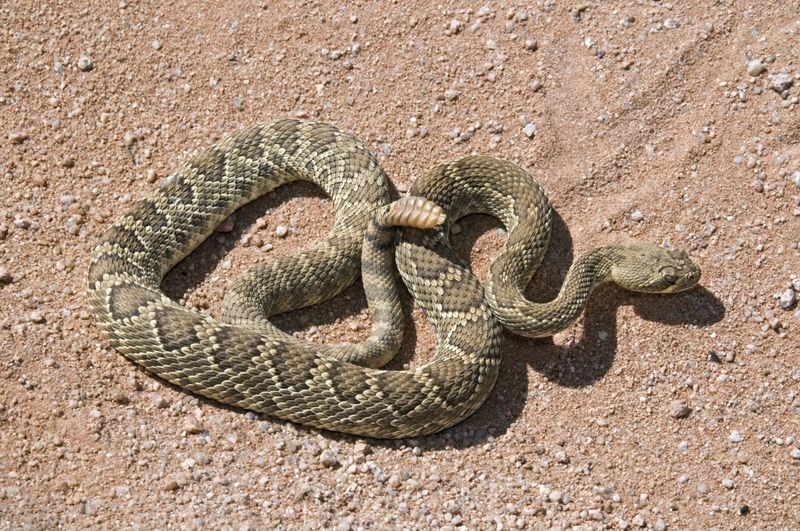
With its infamous reputation, the Mojave Rattlesnake holds a formidable place in the reptile kingdom. Known for its potent venom, this rattlesnake is a master of camouflage. Its skin blends seamlessly with the desert sand, a testament to nature’s artistry.
When threatened, its rattle warns intruders with a chilling sound. The Mojave’s venom is a potent cocktail, causing significant harm if not treated promptly.
Awareness of its presence can be lifesaving while exploring the desert trails. Always wear sturdy boots and stay vigilant to avoid an unwanted encounter with this desert dweller.
Desert Recluse Spider
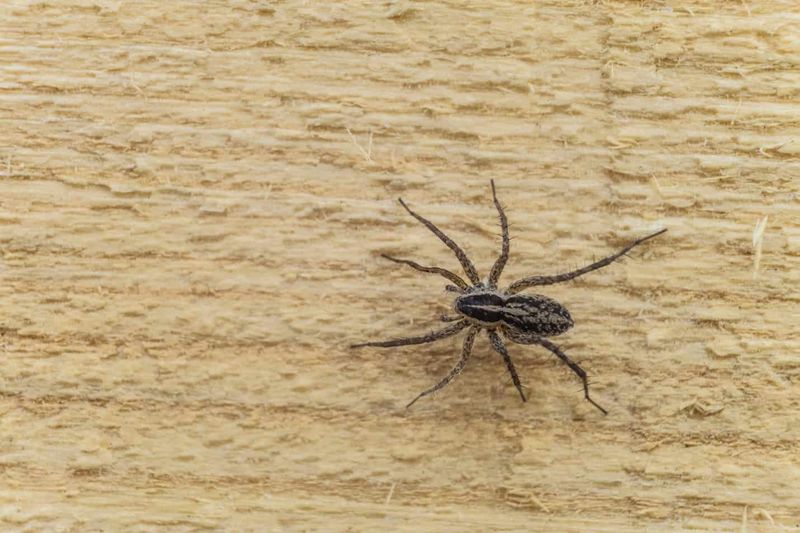
The Desert Recluse Spider, a solitary wanderer, is both elusive and dangerous. Its bite, often painless initially, can lead to severe reactions. The hallmark violin-shaped marking on its back is both a warning and a signature trait.
Spiders find refuge in dark, undisturbed places, making old boots or forgotten boxes potential hiding spots. Caution is key when reaching into such areas.
Though not aggressive, the Recluse’s venom can cause significant health issues, necessitating medical attention. An understanding of their habits helps prevent unwanted surprises in their shared habitat.
Scorpion

Under the cloak of night, scorpions emerge, their presence revealed by the eerie glow of a blacklight. The desert’s nocturnal predators, these creatures are both fascinating and fearsome.
The sting of a scorpion can be painful, and though rarely fatal, it’s wise to avoid these creatures. Encountering one is a reminder of nature’s complexity and the desert’s mysterious allure.
When exploring their domain, it’s prudent to check shoes and shake out sleeping bags before use. Respecting their space ensures a safe coexistence in the desert landscape.
Sidewinder Rattlesnake
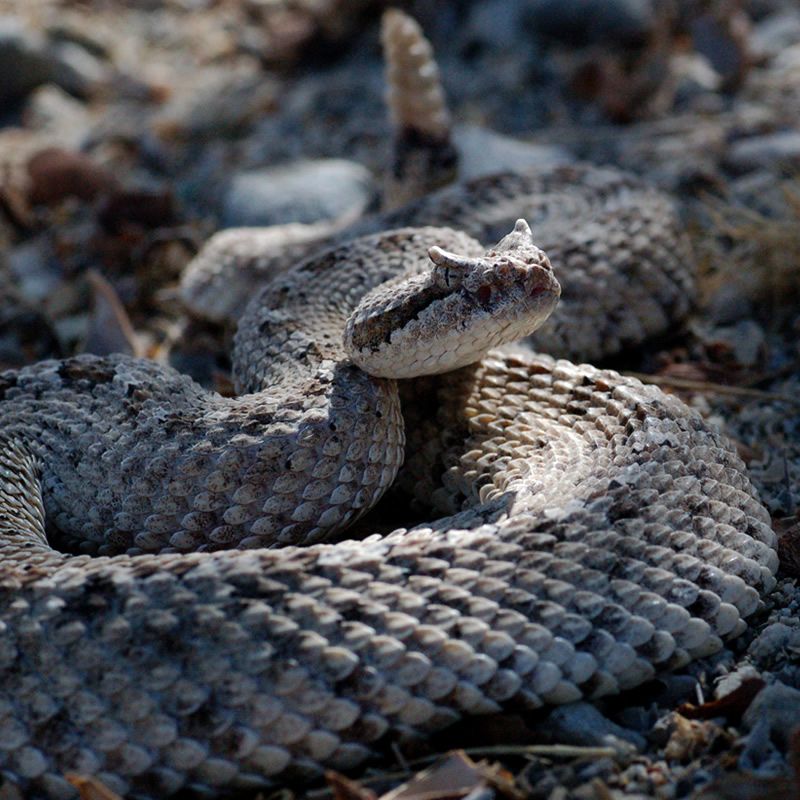
The Sidewinder Rattlesnake moves with a signature sidewinding motion, leaving curious tracks behind. Its adaptation to the desert sands makes it a master of both survival and stealth.
This rattlesnake’s venom, though less potent than its Mojave cousin, still commands respect. The Sidewinder’s ability to disappear into its environment is a marvel, making encounters a rare but memorable event.
When in their territory, being aware of their presence can prevent accidents. Educating oneself about these fascinating creatures enriches any desert adventure.
Gila Monster
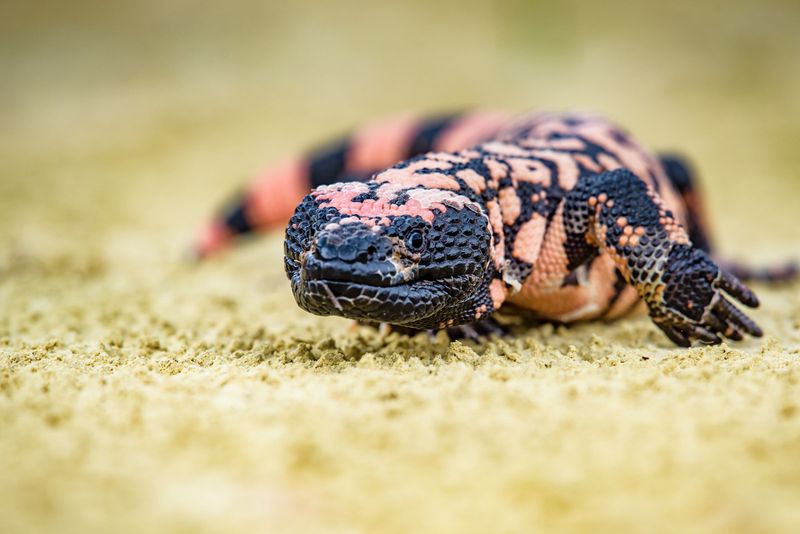
With a striking appearance, the Gila Monster is a true desert icon. Its vibrant orange and black patterns are a visual delight, yet beneath lies a venomous bite.
Despite its name, this reptile’s venom is delivered slowly, posing minimal threat if left undisturbed. The Gila Monster’s slow, deliberate movements add to its mysterious charm.
Observing this creature from a distance is the best approach, appreciating its role in the desert’s intricate web of life. Remember, curiosity is best satisfied with distance when it comes to this colorful beast.
Western Diamondback Rattlesnake
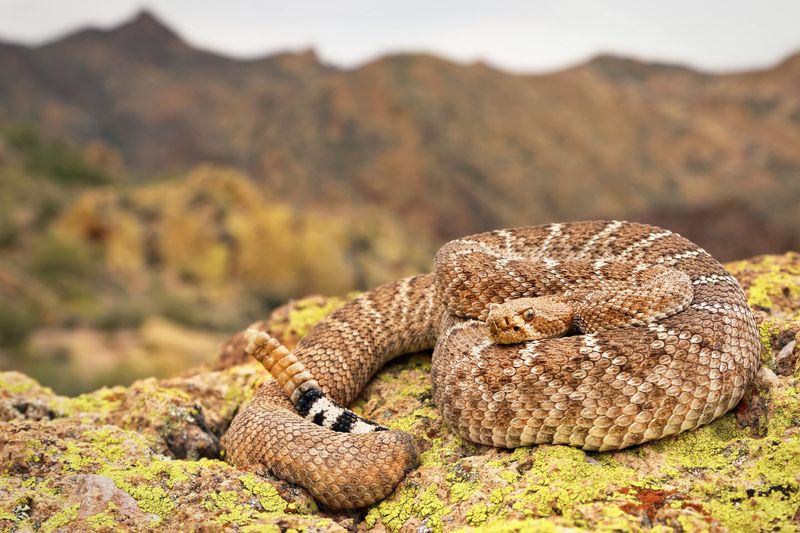
The Western Diamondback Rattlesnake is a quintessential symbol of the American West, with a reputation as fierce as its appearance. Its distinctive diamond-shaped pattern serves both as camouflage and a warning.
This rattlesnake is known for its defensive nature, preferring to retreat but ready to strike if provoked. Its venom, potent and swift, necessitates immediate medical attention if bitten.
Inhabiting the arid regions of Nevada, this snake’s presence is a testament to the desert’s untamed spirit. Respect and caution are key when traversing its territory.
Arizona Bark Scorpion
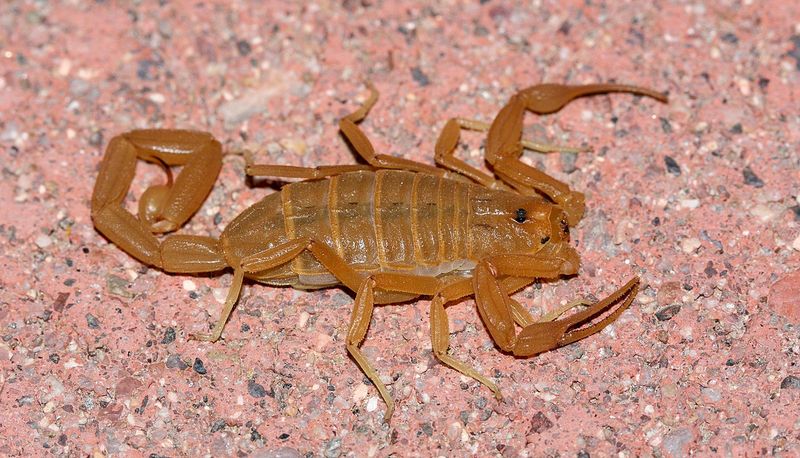
The Arizona Bark Scorpion, with its slender frame and potent venom, is both feared and respected in the desert ecosystem. Its translucent body allows it to blend seamlessly into its surroundings.
This scorpion’s sting can be extremely painful, with symptoms that may require medical treatment. Despite its fearsome reputation, it plays a vital role in controlling insect populations.
When navigating desert environments, it’s wise to tread carefully and be mindful of where hands and feet are placed. Awareness ensures that encounters remain fascinating rather than frightening.
Brown Widow Spider
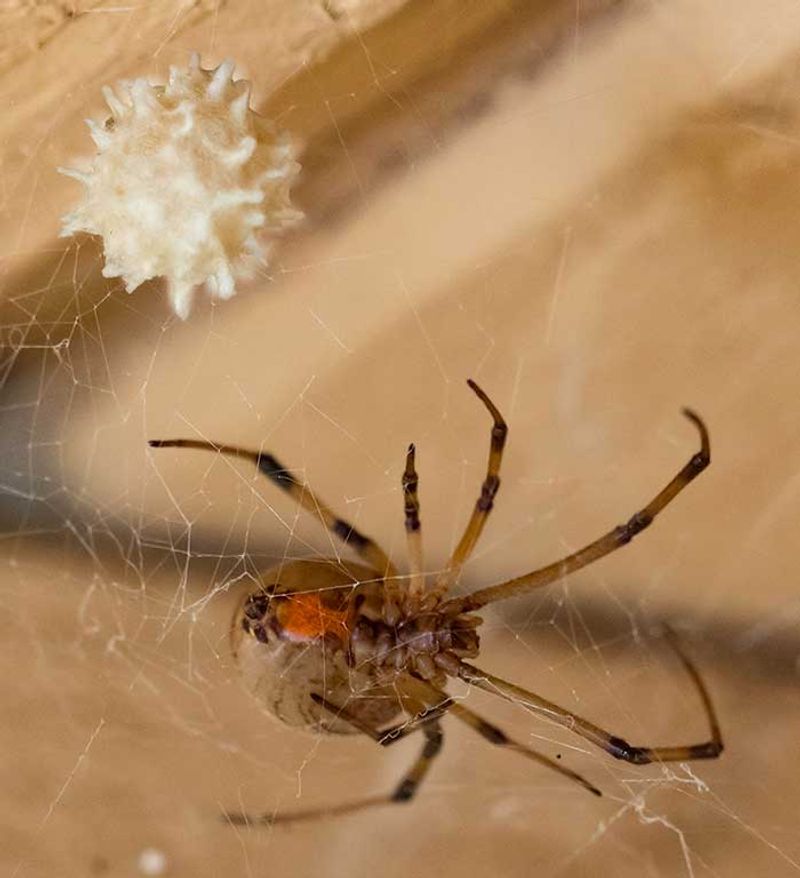
A close cousin to the infamous Black Widow, the Brown Widow Spider is a lesser-known inhabitant of Nevada’s deserts. Its venom is potent, though bites are often less severe than those of its more famous relative.
The Brown Widow’s distinctive egg sacs, spiky in appearance, are often the first sign of its presence. These spiders prefer hidden, sheltered spaces, making vigilance necessary when reaching into dark corners.
Their role in pest control adds a small yet significant balance to the ecosystem. Recognizing their markings aids in differentiating and respecting their place in the desert tapestry.
Black Widow Spider
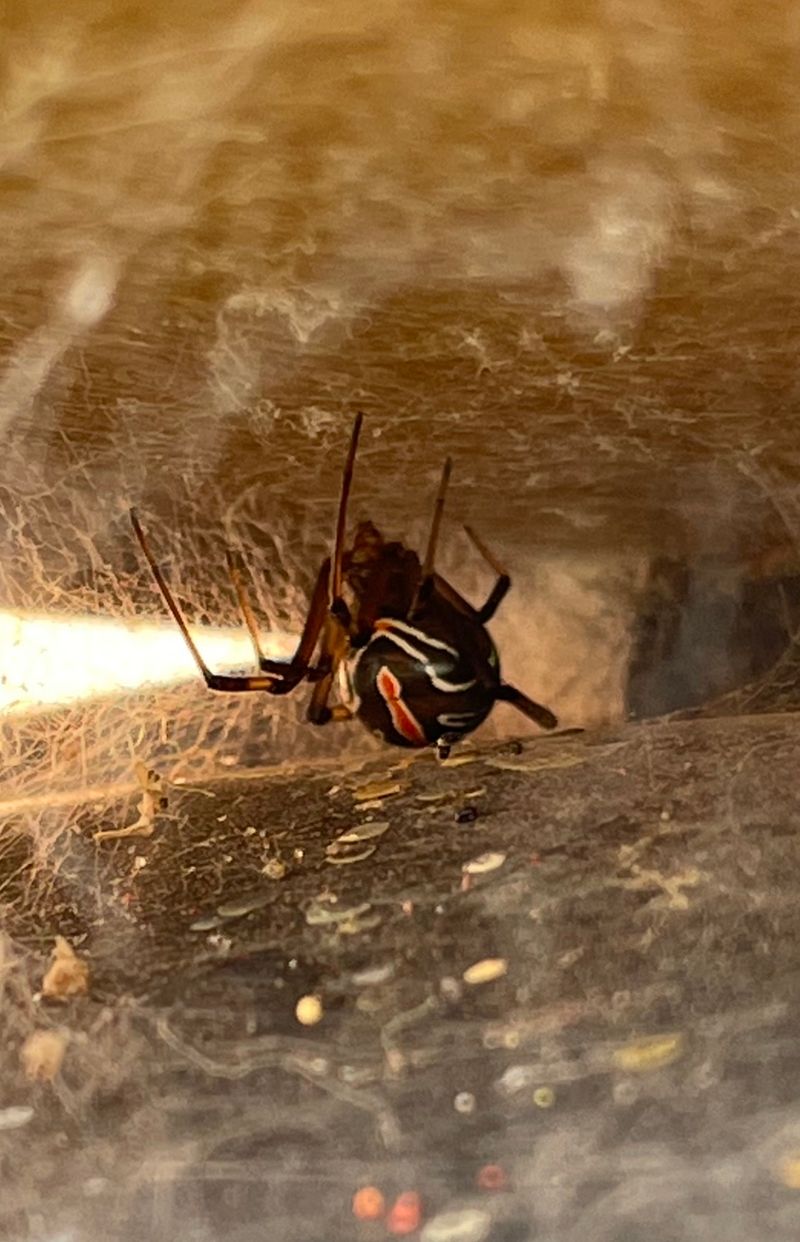
The Black Widow Spider, with its iconic red hourglass, is a small creature with an outsized reputation. Known for its potent venom, a bite can cause significant discomfort and necessitates medical attention.
Despite their fearsome reputation, Black Widows are shy and prefer to avoid human contact. They spin their webs in undisturbed areas, making gloves a wise choice when working in sheds or garages.
Understanding these spiders fosters respect and reduces fear, emphasizing the importance of coexistence within the desert’s complex ecosystem. Observing from a distance ensures safety for both human and spider.
Desert Centipede
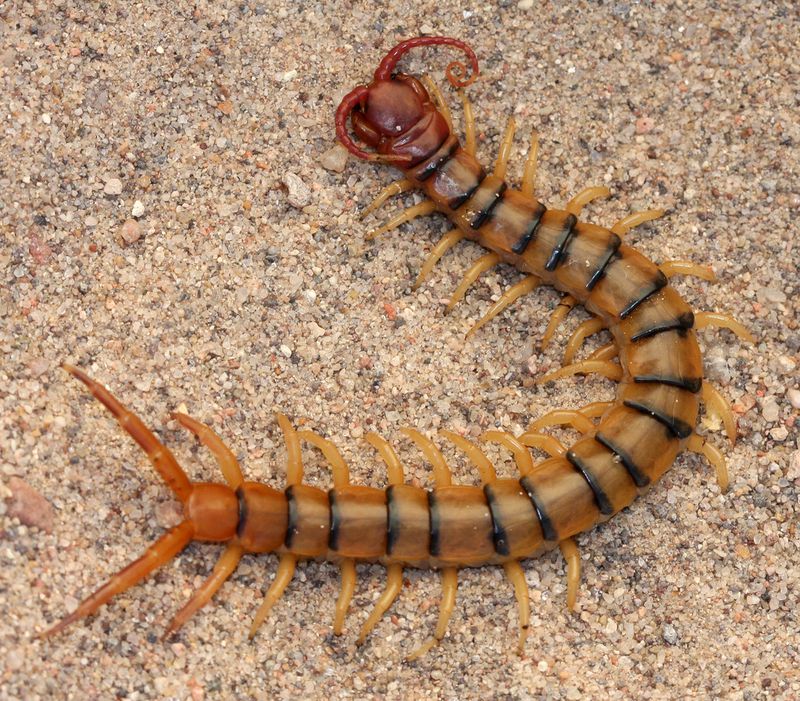
The Desert Centipede is a creature of both intrigue and intimidation, with its long, segmented body and multitude of legs. Its bite, though not lethal, can cause sharp pain and swelling.
Centipedes are nocturnal hunters, preying on insects and small creatures, contributing to the desert’s ecological balance.
Their presence is often felt more than seen, as these elusive creatures prefer the cover of darkness. Recognizing their role helps in appreciating their existence, while a respectful distance minimizes any potential discomfort from an unexpected encounter.
Western Coral Snake
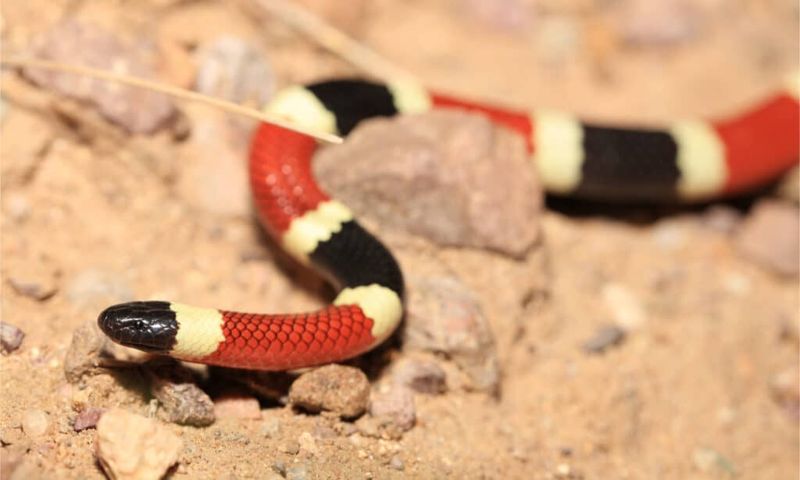
With its vibrant red, yellow, and black bands, the Western Coral Snake is as beautiful as it is dangerous. Its venom is highly toxic, though bites are rare due to its elusive nature.
Coral Snakes play a crucial part in the food chain, preying on other snakes and contributing to the ecological balance. Their striking colors serve as a warning to potential predators.
Appreciating their beauty from afar is the best approach, as their secretive behavior ensures they’re seldom seen. Knowledge and caution are valuable allies when sharing the desert with this colorful serpent.
Desert Hairy Scorpion
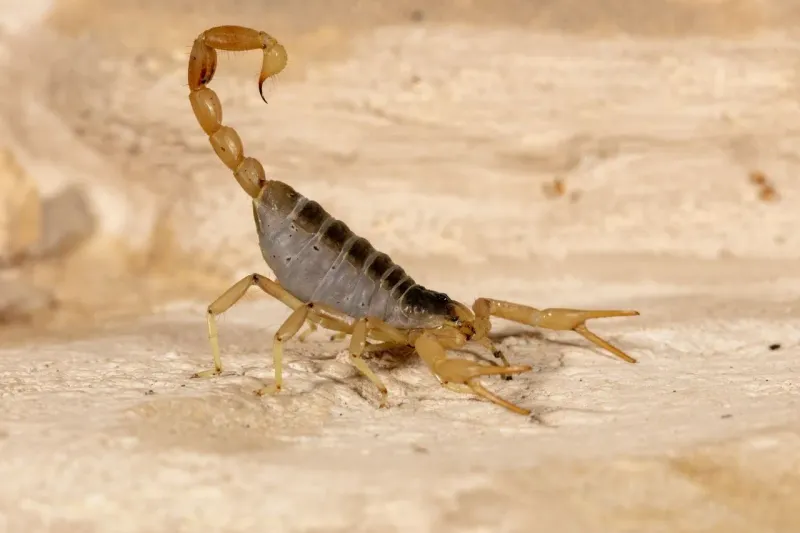
The Desert Hairy Scorpion, Nevada’s largest scorpion, is an imposing figure in the desert landscape. Its hairy pincers and tail create an intimidating silhouette against the sand.
Despite its fearsome appearance, its venom is mild compared to other scorpions. This nocturnal creature emerges at night, preferring the coolness of the desert after dark.
It feeds on insects and small lizards, playing a vital role in the desert’s food web. Observing one from a safe distance can be a fascinating experience, highlighting the diversity of life in arid environments.
Couch’s Spadefoot Toad
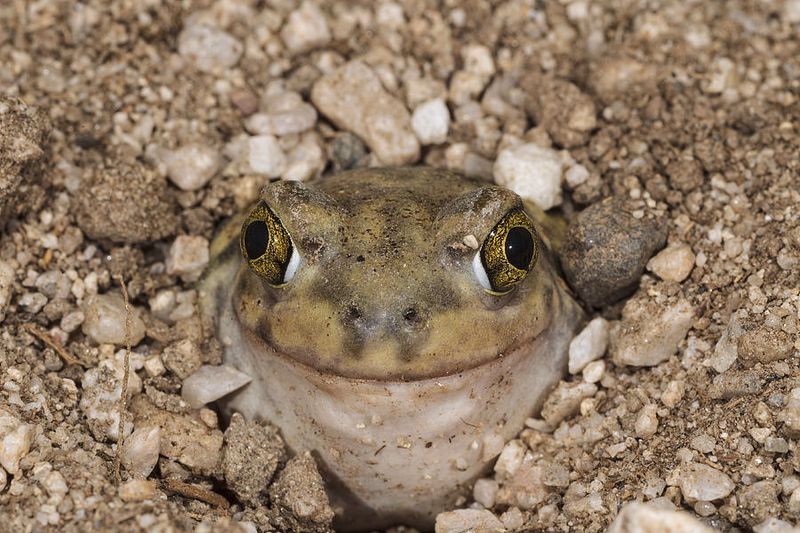
Hidden beneath the arid sands, Couch’s Spadefoot Toad emerges after thunderstorms, its call echoing across the desert. Though not venomous in the traditional sense, its skin secretes an irritating toxin as a defense mechanism.
This toad’s adaptability is remarkable, thriving in one of the harshest environments on Earth. Its ability to burrow and survive with minimal water is a testament to evolutionary ingenuity.
Watching these toads emerge from their sandy burrows is a unique spectacle, showcasing the desert’s hidden wonders. Admiration and respect for their existence enhance the desert experience.
Great Basin Rattlesnake

The Great Basin Rattlesnake, with its muted colors, is an expert in blending with its surroundings. Its subtle gray and brown scales offer perfect camouflage among rocks and scrub.
This rattlesnake’s venom, though potent, is rarely lethal with prompt treatment. Their presence is a testament to the desert’s rugged beauty and resilience.
Having an encounter with this snake is a reminder of the delicate balance within the ecosystem. Respect for their role ensures that humans and wildlife can share the landscape in harmony.
Desert Iguana
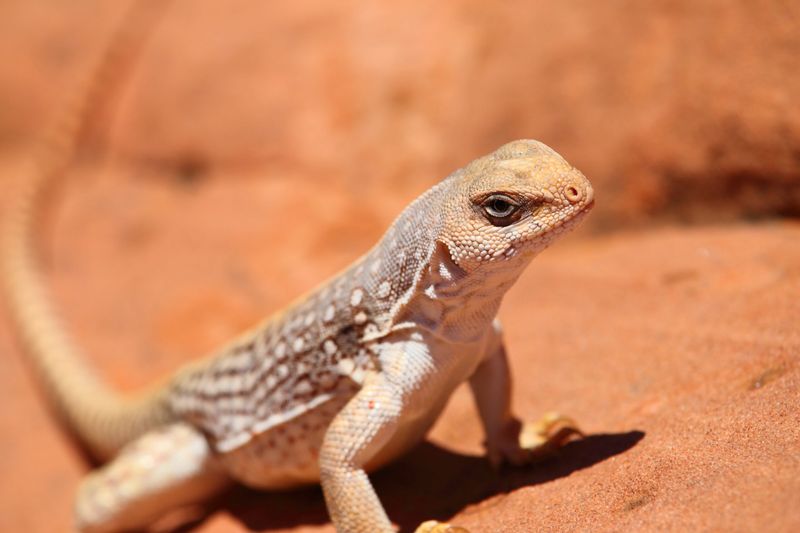
Though not venomous, the Desert Iguana’s defense mechanism lies in its speed and agility. This reptile is a marvel of desert adaptation, displaying a pale complexion that reflects the harsh sun.
Desert Iguanas are herbivores, feeding on the desert’s sparse vegetation, playing a gentle role in the ecosystem. Their presence is a reminder of the adaptability required to thrive in such an extreme climate.
Observing their swift movements and graceful agility is a delightful experience, enriching the overall desert adventure. Respecting their habitat ensures continued harmony with these remarkable creatures.
Nevada Tarantula
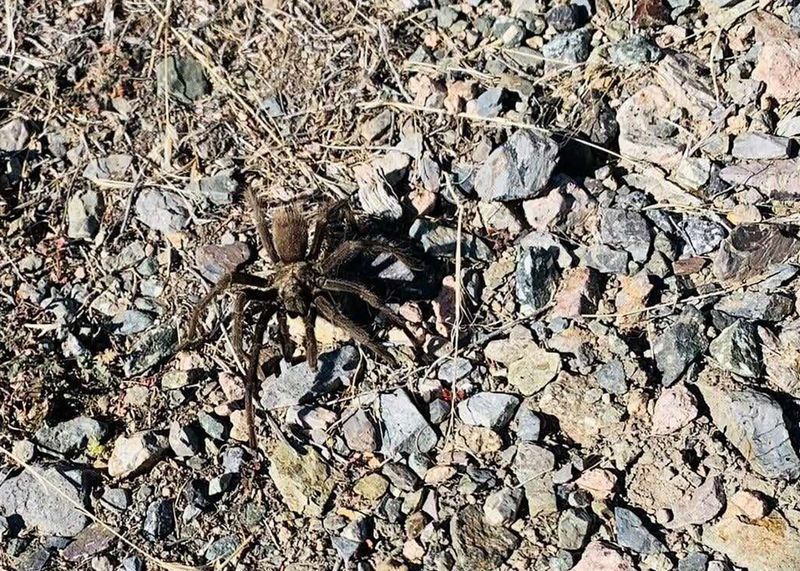
The Nevada Tarantula, a gentle giant, is more intimidating in appearance than in nature. Its hairy legs and large size often provoke fear, yet it poses little threat to humans.
Tarantulas play a vital ecological role, controlling insect populations and maintaining balance within their environment. Their nocturnal habits make them a mysterious presence in the desert night.
Encountering a tarantula is a unique experience, offering a glimpse into the desert’s biodiversity. Embracing their presence enriches our understanding of the delicate balance inherent in Nevada’s desert ecosystems.

